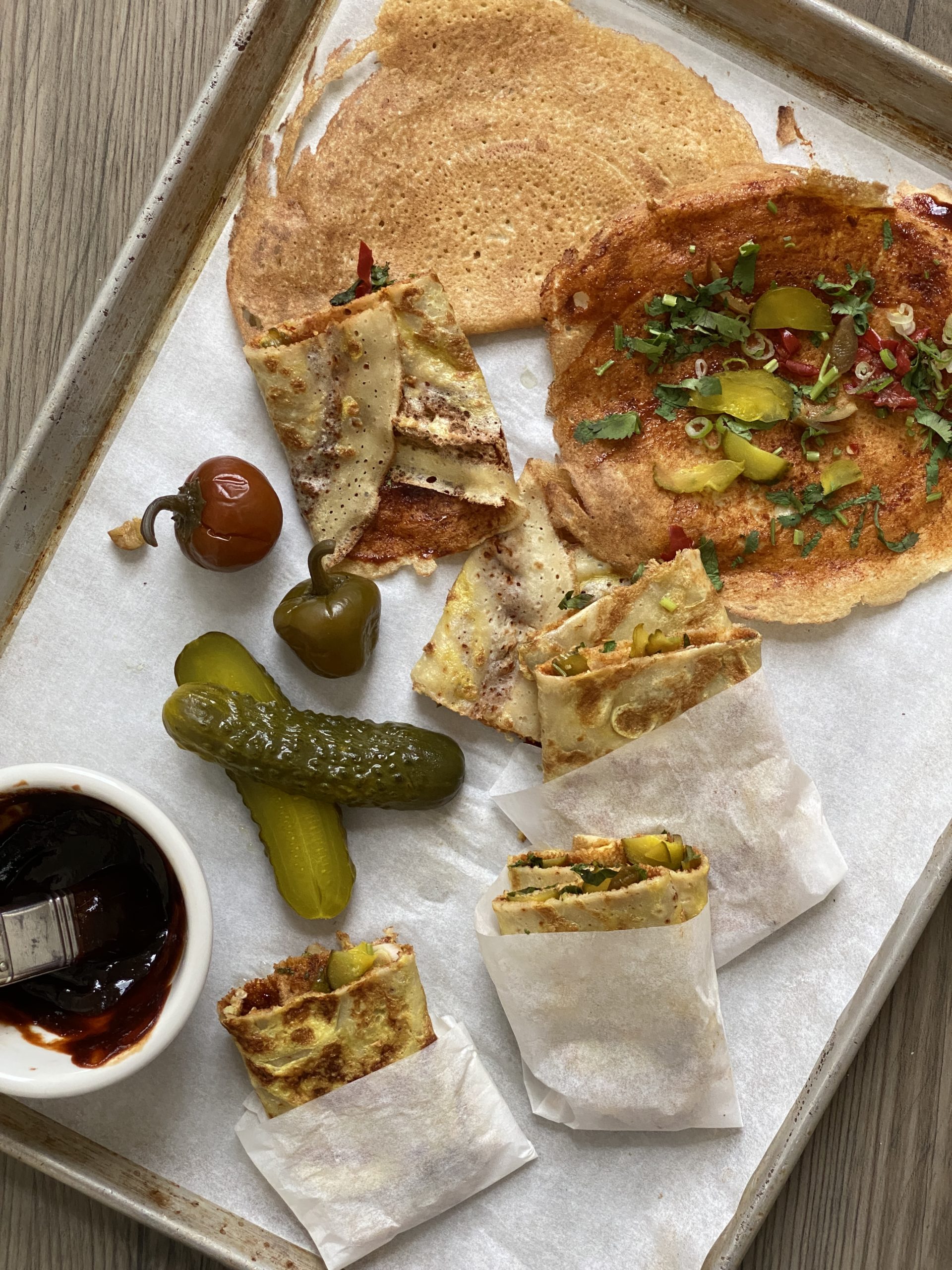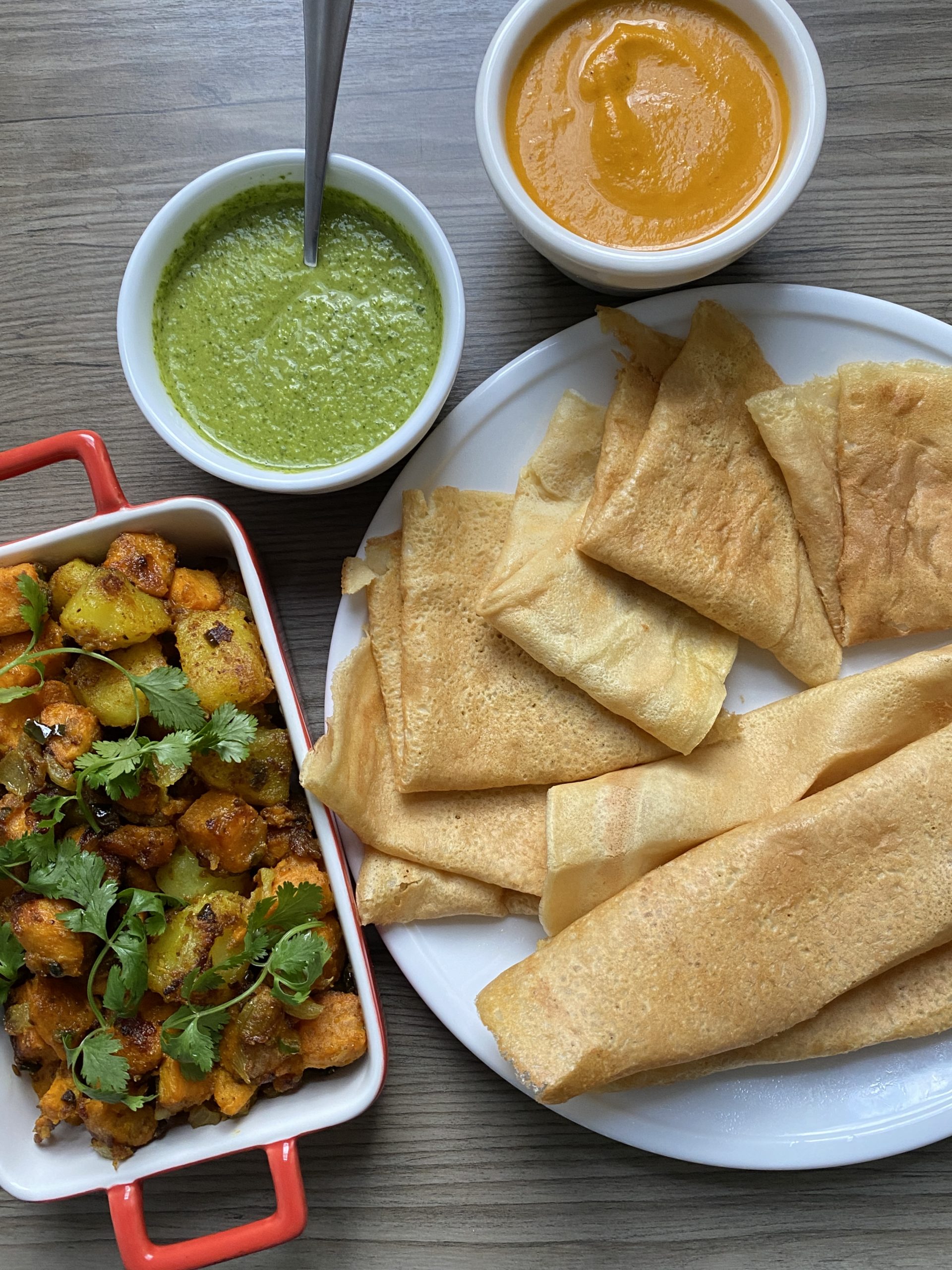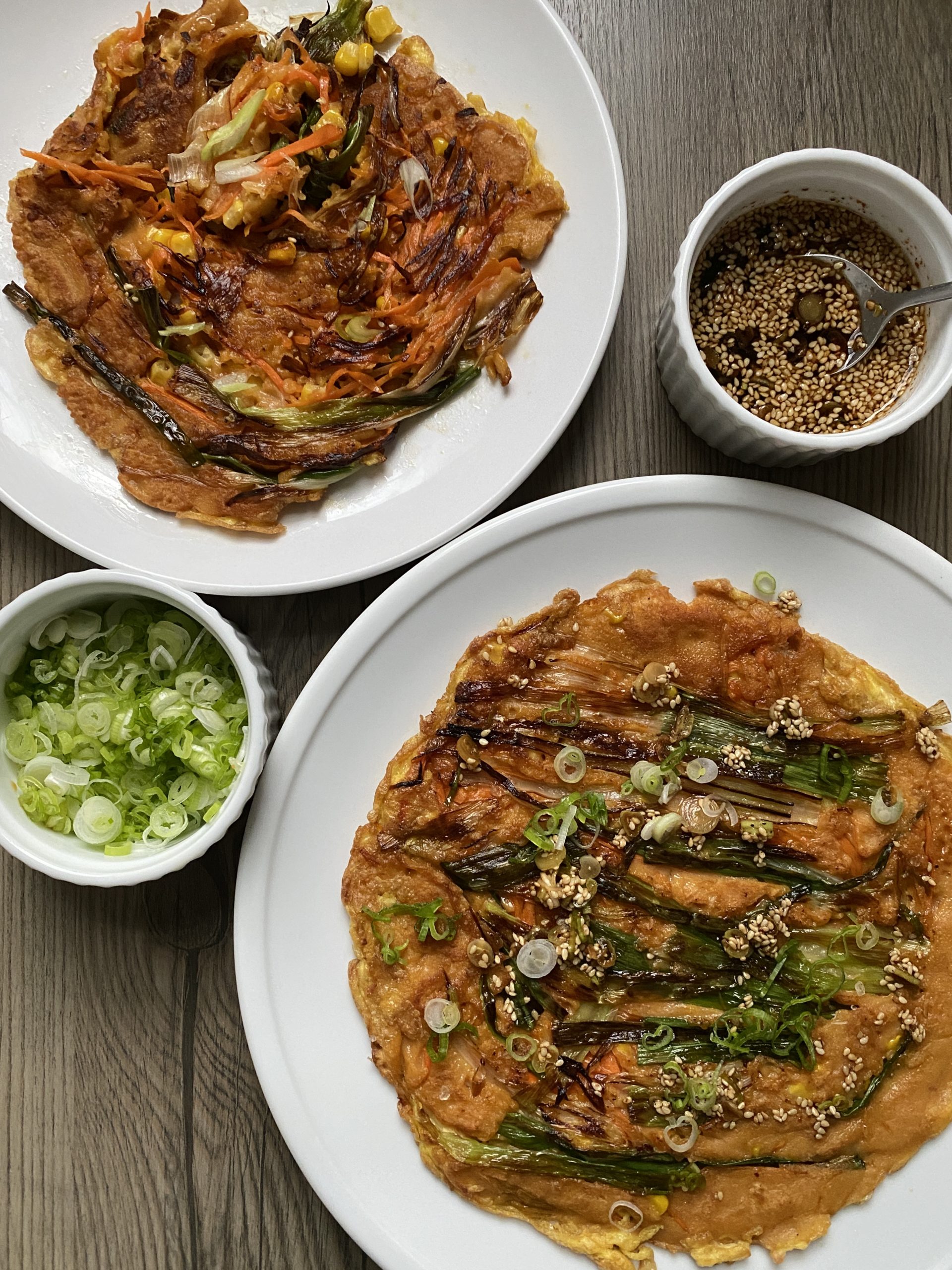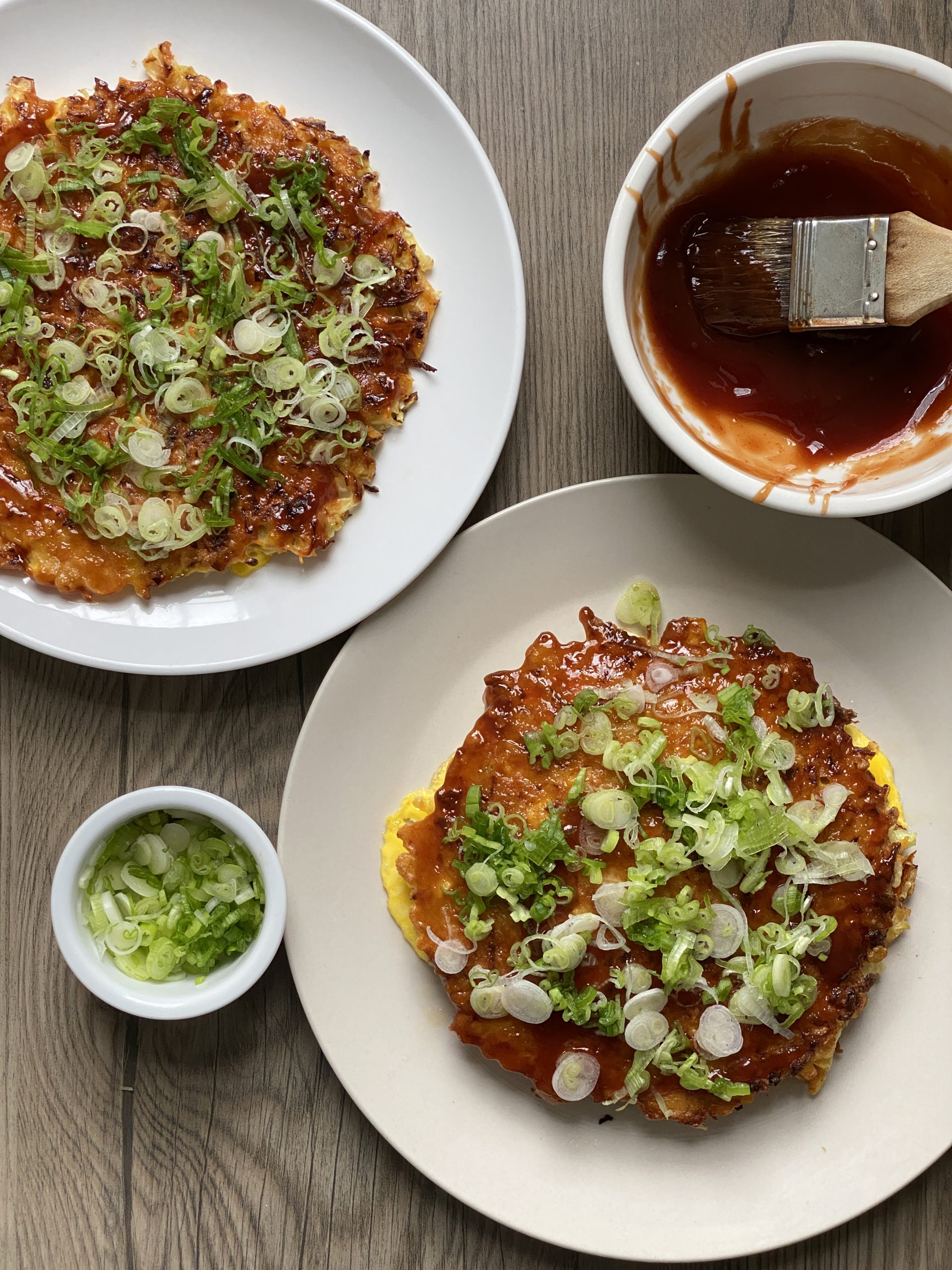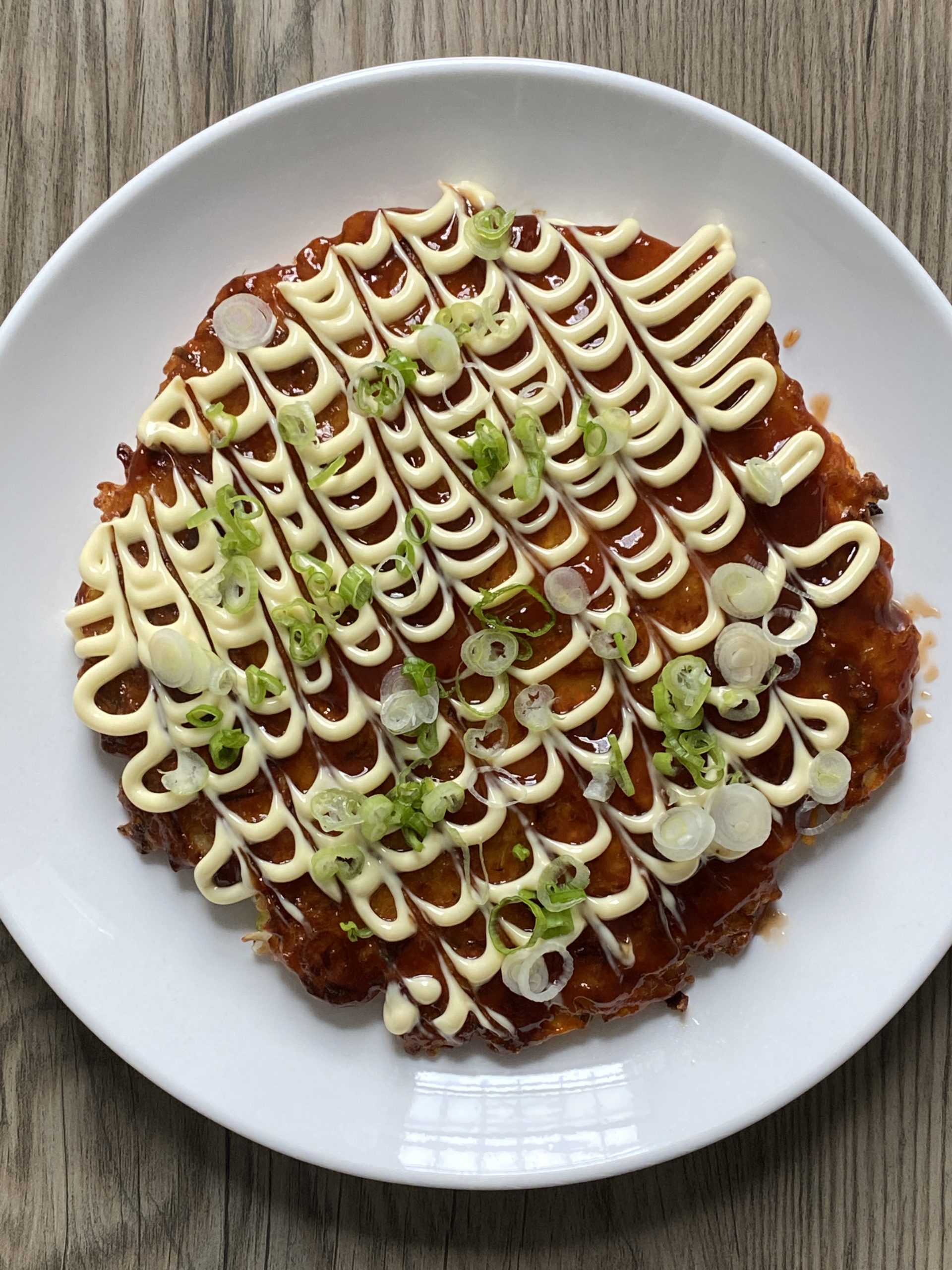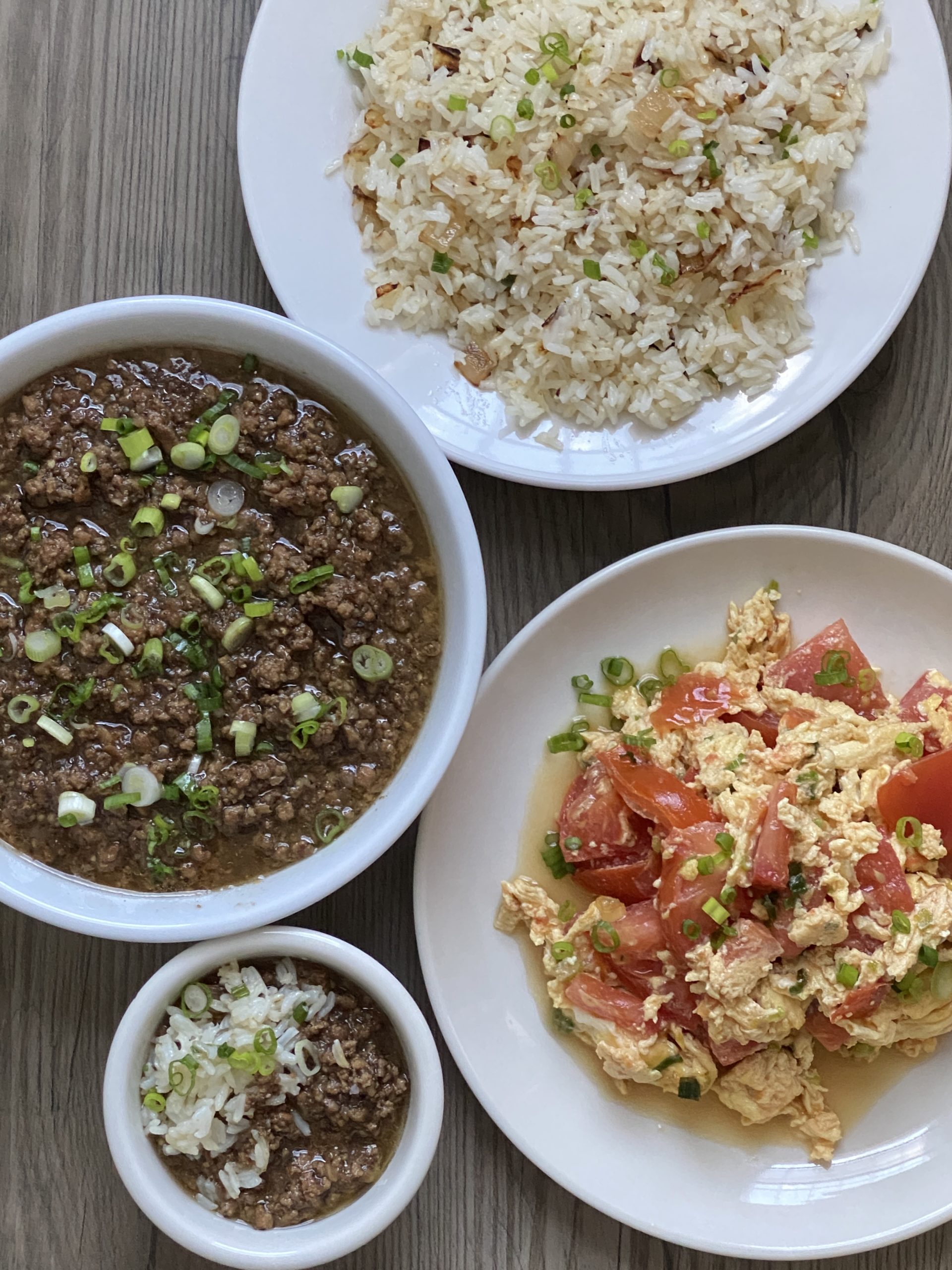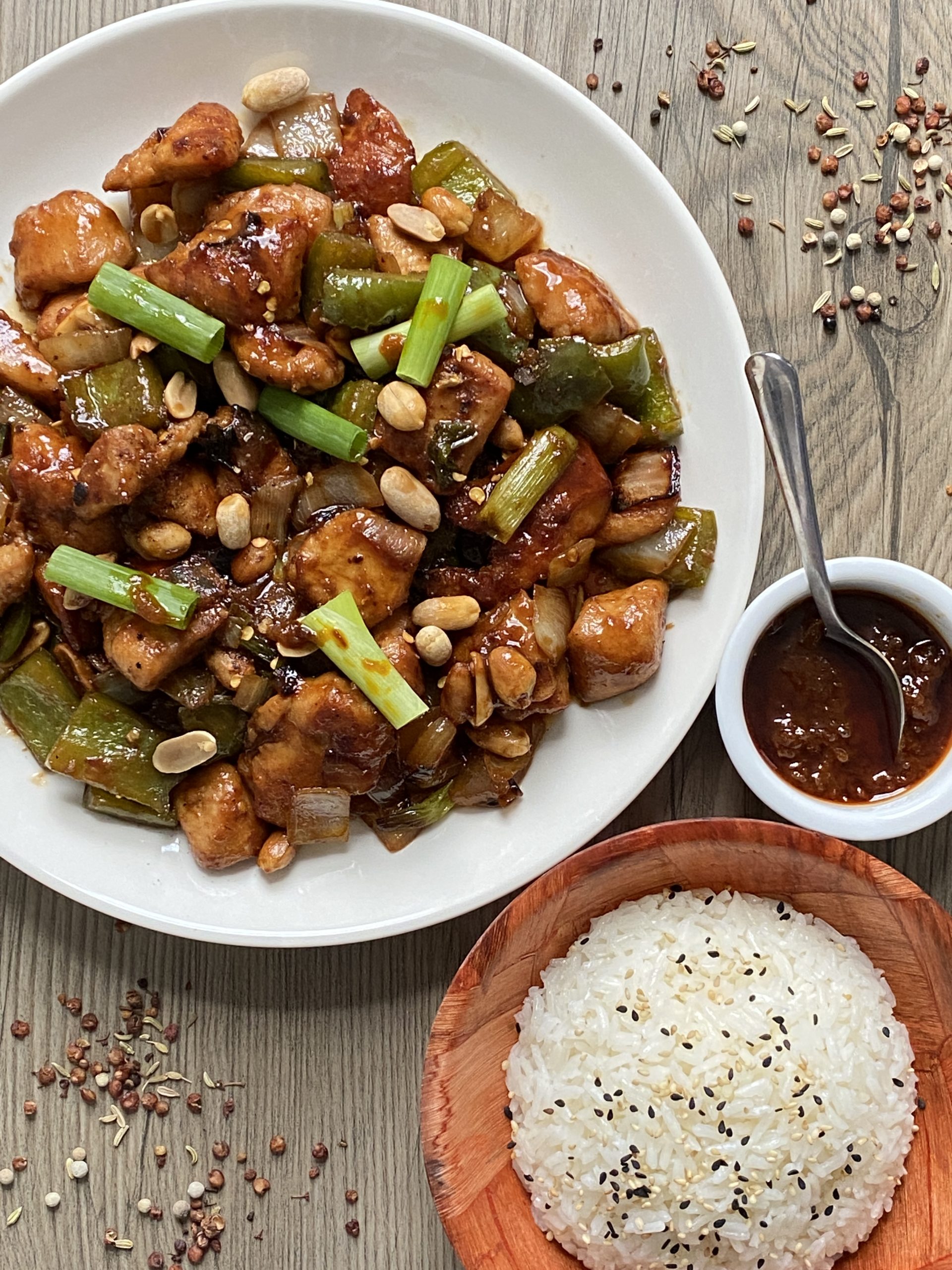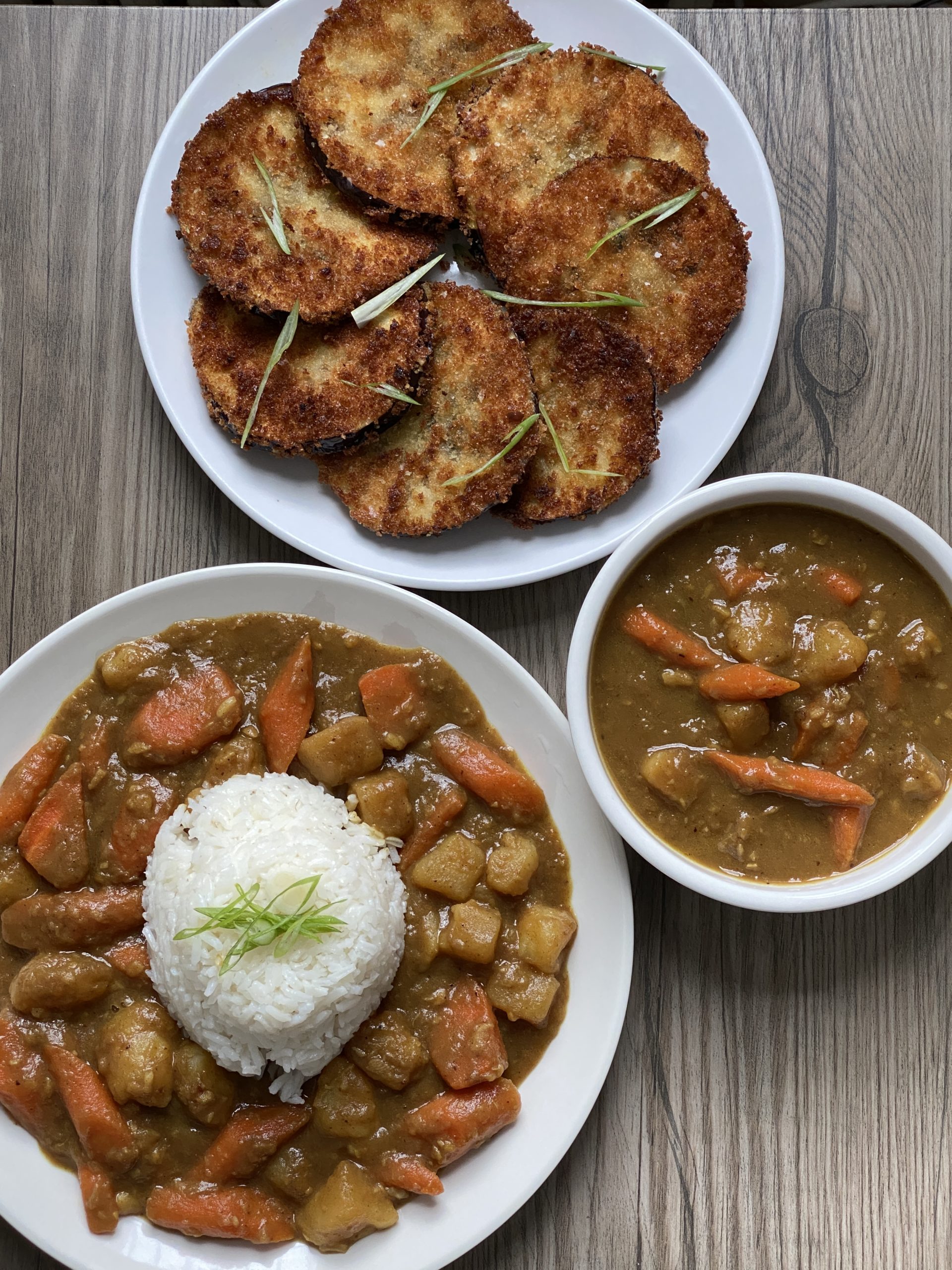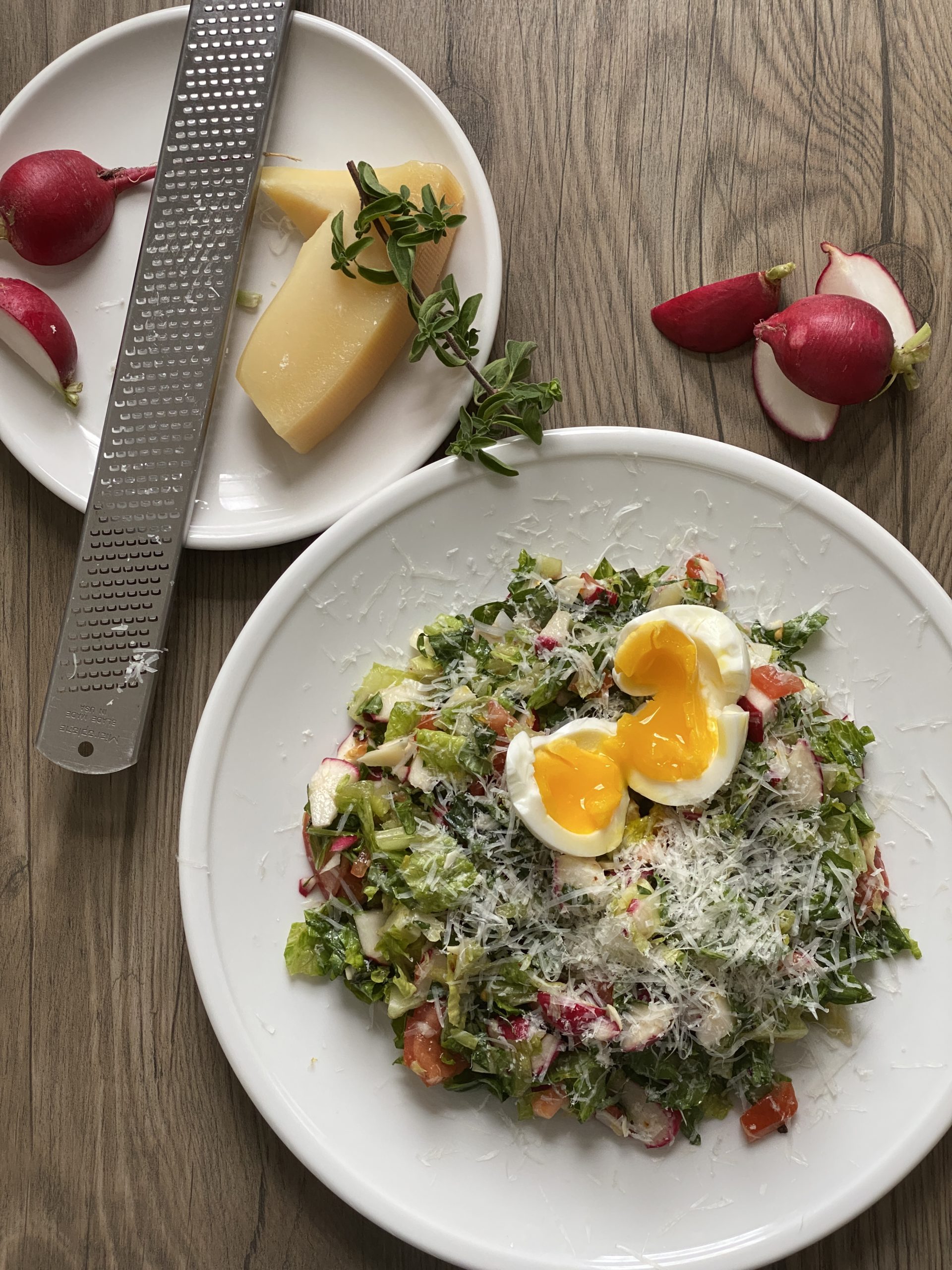
Chopped salad is often associated with #sad-desk-lunch. However, this Italian version is simple and delicious; Parmesan, fresh herbs and tomatoes deliver an authentic Italian flavor. Top off the salad with a soft boiled egg to make it substantial.
For the latest New Lifestyle Cooking Series:
Italian Chopped Salad with Soft Boiled Egg
Serve: 1 person
Prep Time: 5 minutes
Total Time 15 minutes
Ingredients:
1 head Romaine hearts/lettuce, leaves separated, rinsed and dried
6 radishes
1/4 cup shaved Parmesan cheese
2 Roma Tomatoes
1/4 cup basil leaves
1 lemon, zested and juiced
3 tablespoon EVOO
1 + 1/2 teaspoon salt, more to taste
1/2 teaspoon dried chilies
1 teaspoon crushed black peppercorn
2 tablespoons fresh oregano leaves
1 egg, soft boiled
2 tablespoons grated Parmesan, to finish
- Bring a pot of water to a boil to cook the egg. Cook the egg for 6 minutes and chill it in ice or cold water immediately. Peel and set aside. (taking the egg out of the fridge 30 minutes before cooking for the best result)
- Cut the cleaned Romaine lettuce into 1-inch chunks
- Quarter radishes and shave Parmesan cheese with a peeler.
- Cut Roma tomatoes into 1-inch chunks
- Place chopped Romaine lettuce, radishes, Parmesan, tomatoes and basil on a cutting board and use a sharp knife to chop all the ingredients together until bite-size (about 1/2 to 1/4 inch big)
- Put the chopped salad in a mixing bowl, add lemon zest, 2 tablespoons lemon juice, EVOO, salt, dried chilies, and crushed black pepper to taste.
- Place the salad on a plate and sprinkle on the fresh oregano leaves. Place the soft-boiled egg on top and cut it open to let the yolk ooze out.
- Grate more Parmesan on top to finish, bon appétit!

